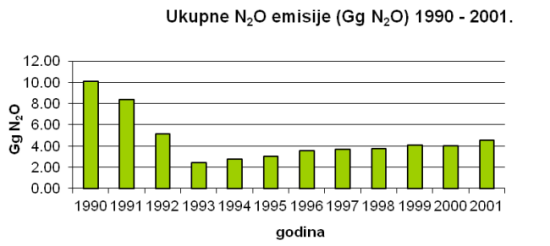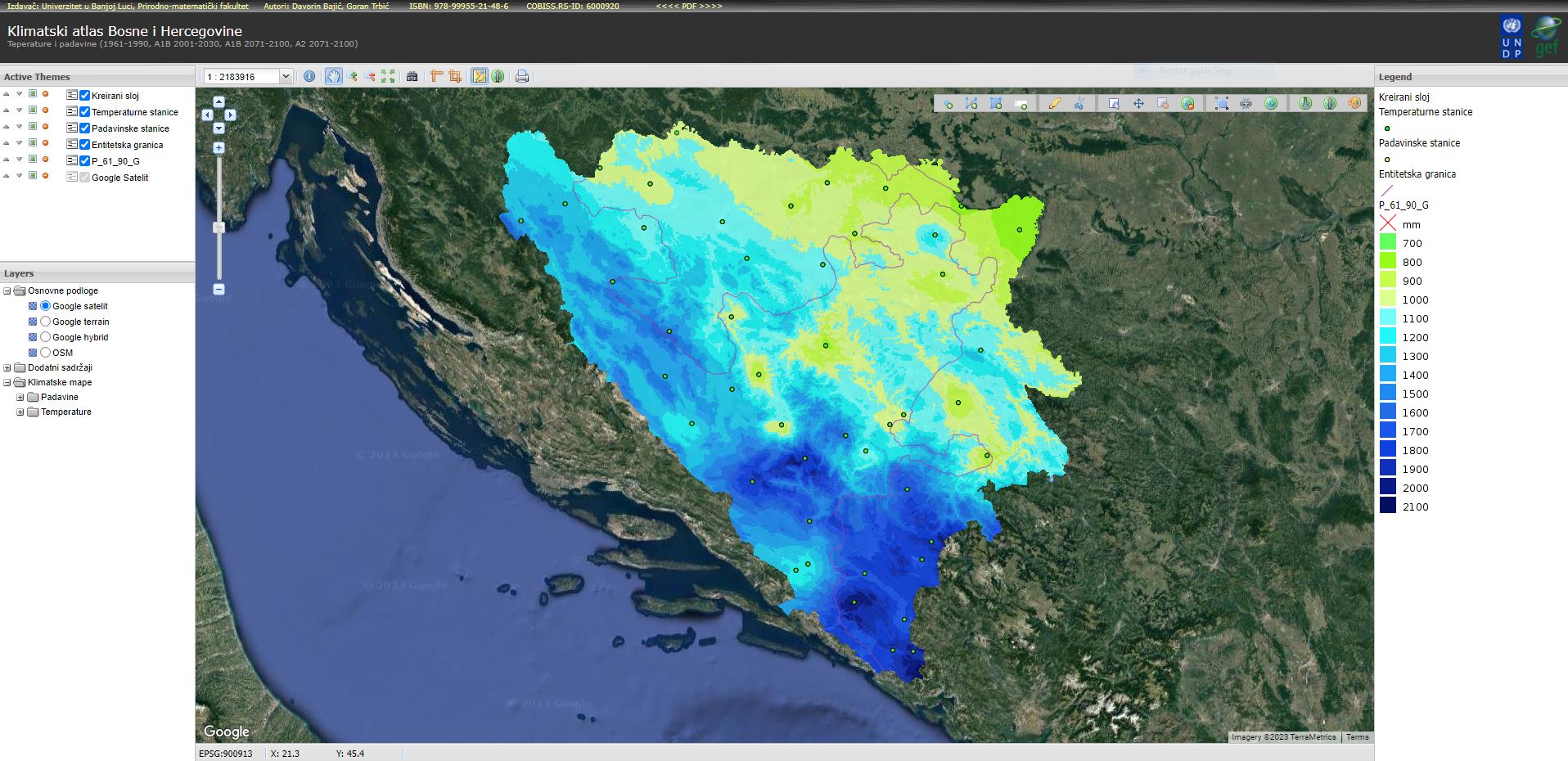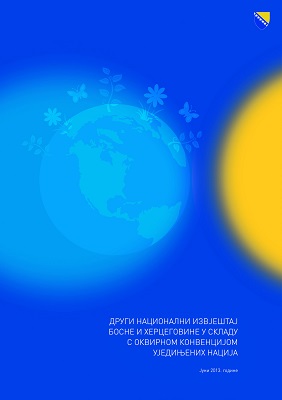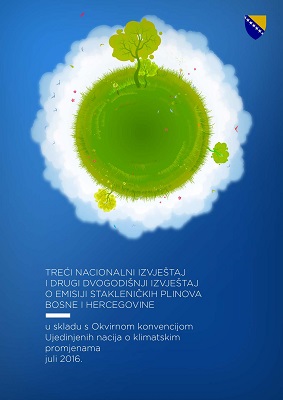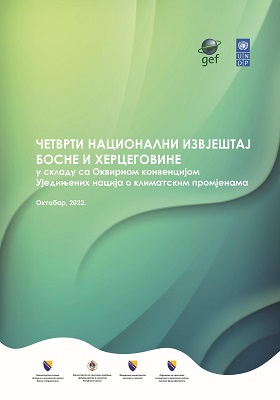Calculation of greenhouse gas emissions
The inventory is based on the CORINAIR (COReINventory of AIR emissions) system created by ETC/AE (the European Topic Centre on Air Emission). As many other European countries, BiH uses this calculation method for quantifying emissions.
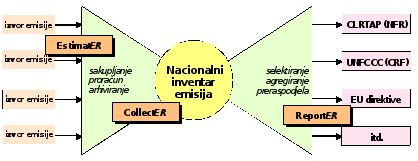
The CORINAIR system is designed for the collection of emission data and national reporting on air emissions to the European Environment Agency (EEA) using a uniform format. This common Europe-wide database can be used for preparing certain inventories in line with the UNECE/CLARTAP and UNFCCC guidelines.
The aim is to collect, maintain, track, and publish air emission data for the purpose of the European emission inventory and database system. This system includes air emission from all sources relevant for environmental problems, climate change, acidification, eutrophication, tropospheric ozone, air quality and dispersion of hazardous substances. Since CORINAR is source-oriented, there is a clear distinction between the point source and surface source. Point sources are large stationary emission sources releasing pollutants into the atmosphere. Facilities or activities with small, individual emissions that are not sufficient to be classified as point sources are combined into surface sources. These surface sources can contribute significantly to total emissions.
Carbon dioxide (CO2) is one of the most important greenhouse gases, especially where the consequences of human activities are concerned. Carbon dioxide is estimated to be responsible for around 50% of global warming (Source: IPCC). Almost everywhere in the world, including Bosnia and Herzegovina, the most common anthropogenic sources of CO2 are the combustion of fossil fuels (for power production, industry, transport, heating, etc.), industrial activities (steel and cement production), and land use change and forestry activities (in BiH, due to an annual biomass increase, there is a negative emission, or sink, in this sector).

The main sources of methane in Bosnia and Herzegovina are: agriculture (cattle breeding), fugitive emissions from coalmines, and waste disposal.
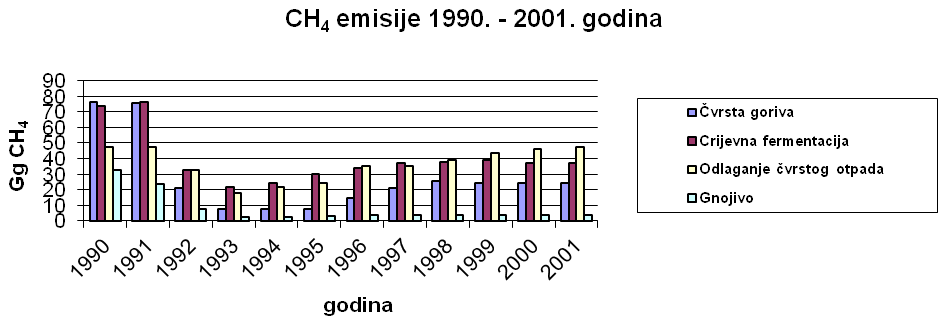
The principal source of N2O in Bosnia and Herzegovina is the agriculture sector. Many agricultural activities add nitrogen to soils, thus increasing the available nitrogen for nitrification and de-nitrification, which has an impact on the amount of N2O emissions. The methodology used here identifies three N2O emission sources: direct emissions from agricultural soils, emissions from domestic livestock, and indirect emissions caused by agricultural activities. Of these three sources, the largest amount of emissions comes from agricultural soils through soil cultivation and crop farming. This includes the application of synthetic fertilisers, nitrogen from animal manure, legume and soy farming (nitrogen fixation), and nitrogen from crop residues and peat-bog cultivation.
